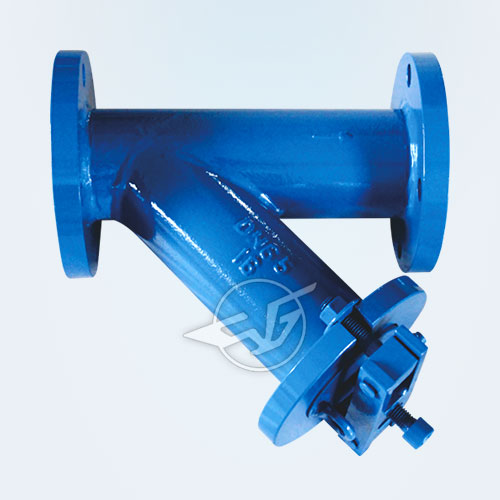Hand brush type Y filter

Hand Brush Type Y Filter Introduction
The hand brush type Y filter is composed of a bone nylon brush and a stainless steel part. The part passes through the filter cover. The brush type device is installed inside the stainless steel filter. The filter cover is equipped with a simple handle. Handle, that is, can remove micro-coarse impurities from the filter screen through the sewage outlet. During the brushing process, the water flow is not interrupted. It is not necessary to stop and remove the filter to clean the filter screen. The shell is a high-quality carbon steel cylinder.
Technical Parameters
Working pressure: ≤1.0Mpa
Pressure loss: ≤0.015Mpa
Working temperature: ≤90°C
Filtration accuracy: d=1.2mm
Features
1. Import and export path: In principle, the filter's inlet and outlet diameter should not be less than the matching pump's inlet diameter, which is generally consistent with the inlet pipe caliber.
2. Nominal pressure: Determine the pressure rating of the filter according to the highest possible pressure in the filter line.
3, the choice of the number of holes: The main consideration of the size of impurities to be intercepted, according to the media process process requirements. The size of screen sizes that can be intercepted by various specifications can be found in the table below.
4. Material of filter: The material of the filter is generally the same as the material of the connected process piping. For different service conditions, filters such as cast iron, carbon steel, low alloy steel or stainless steel may be selected.
5, filter resistance loss calculation: water filter, in the general calculation of the rated flow rate, the pressure loss of 0.52 ~ 1.2kpa.
Application area
a. Weak corrosive materials in chemical, petrochemical production, such as: water, ammonia, oil products, hydrocarbons, etc.;
b. Corrosive materials produced by chemical industry, such as caustic soda, soda ash, concentrated sulfuric acid, carbonic acid, acetic acid, ester acid, etc.;
c. Low-temperature materials in refrigeration, such as: liquid methane, liquid ammonia, liquid oxygen, and various refrigerants.


 No.31011802002466
No.31011802002466

